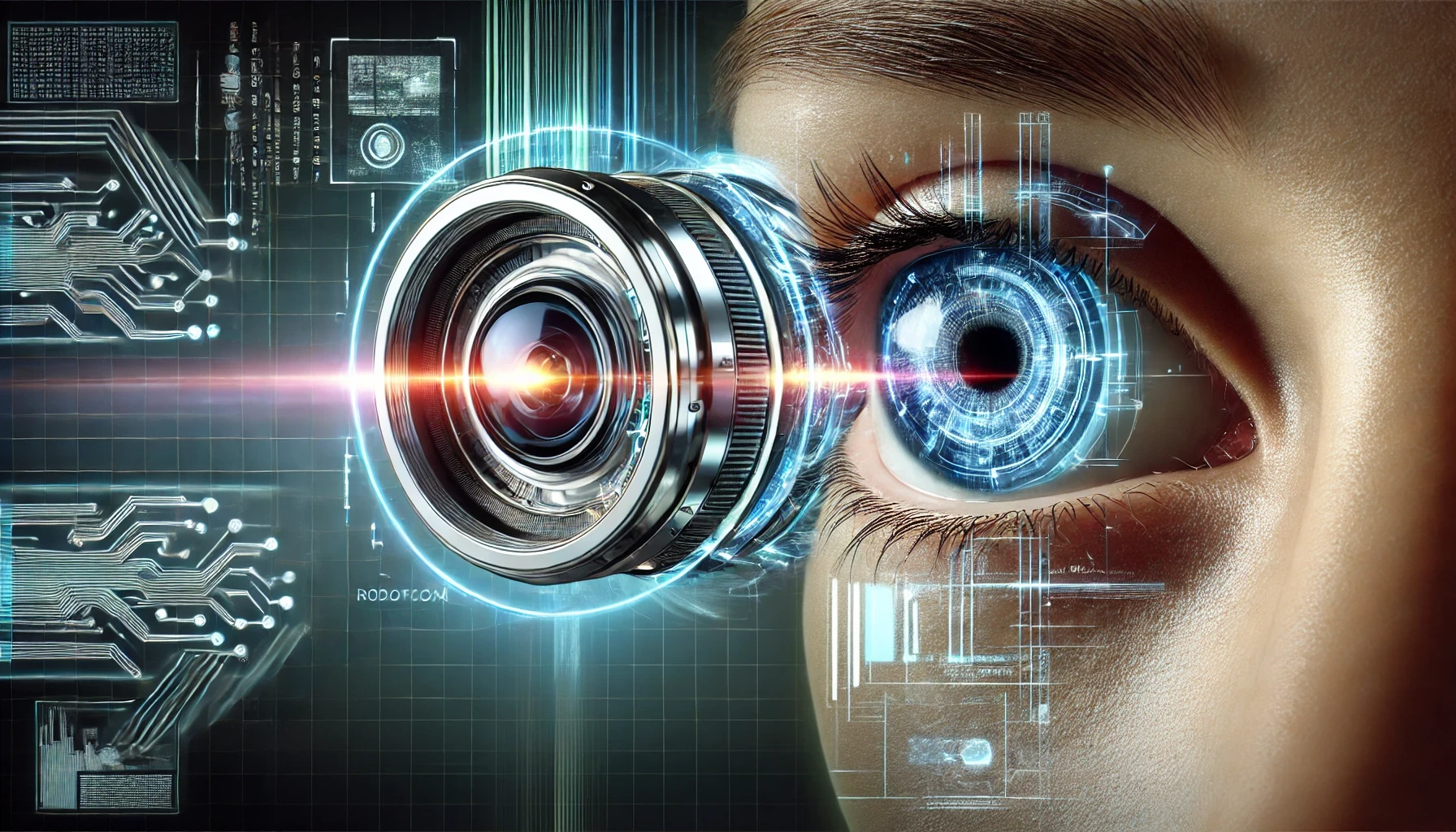Cameras have long been tools to capture memories, but recent advancements are transforming them into instruments that see more like the human eye. The University of Maryland has been at the forefront of this innovative leap, developing a camera that not only replicates the human eye’s capabilities but also enhances how images are captured and processed. This new technology mimics the natural, involuntary movements of the human eye, promising sharper and more accurate visuals.
Technology Overview: Mimicking the Human Gaze
The core innovation behind these eye-inspired cameras lies in their ability to replicate the subtle movements of the human eye. This technological advancement significantly improves image stability and clarity, traits that are especially beneficial in low-light conditions and dynamic environments. The potential applications of this technology stretch from enhanced smartphone cameras to more sophisticated robotics, providing a broader range of vision and superior image quality.
Current Implementations and Looking Ahead
Several prototypes and products are already integrating this eye-inspired technology. Researchers are particularly excited about its applications in robotic systems, where enhanced vision capabilities can lead to better navigation and interaction with environments. The future prospects of this technology include not only improved consumer electronics but also significant advancements in fields like security, where cameras could perform continuous and reliable monitoring without the current constraints.
Comparative Analysis: Setting New Standards
When compared with traditional digital cameras, these new devices offer a compelling upgrade in performance. Traditional cameras, while effective, lack the bio-inspired mechanisms that allow for adaptive, real-time image optimization. Market trends indicate a growing consumer interest in cameras that offer more than just high-resolution photos, seeking devices that adapt to various lighting conditions and motion scenarios. This shift is documented in recent market analyses, which show a rising demand for advanced photographic technologies.
Voices from the Field: Experts Weigh In
Leading scientists and engineers involved in the development of these cameras have noted their potential to revolutionize how we interact with and interpret our surroundings. Testimonials from early adopters highlight the practical benefits, such as improved video quality for content creators and enhanced sensory tools for robotic systems. These insights underscore the transformative impact of integrating biological principles into camera technology.
Challenges and Ethical Considerations
Despite the excitement, there are challenges and ethical concerns to navigate. The increased capabilities of these cameras also raise questions about privacy and surveillance. As these devices become more adept at capturing and analyzing visual data, it will be crucial to develop frameworks that protect individual privacy while embracing the benefits of advanced surveillance technologies.
Our Opinion: Embracing a Visionary Future
The development of cameras inspired by the human eye marks a significant milestone in the fusion of biology and technology. As we stand on the brink of what could be the next standard in imaging technology, it’s an exciting time for tech enthusiasts, photographers, and roboticists alike. For those keen on staying updated with these advancements, subscribing to updates on this technology is highly recommended. This isn’t just about capturing images; it’s about redefining our visual capabilities and how we interact with the world.
In this era of rapid technological advancement, the potential of eye-inspired cameras serves as a testament to the innovative spirit driving us toward a more interconnected and comprehensively visual future.


